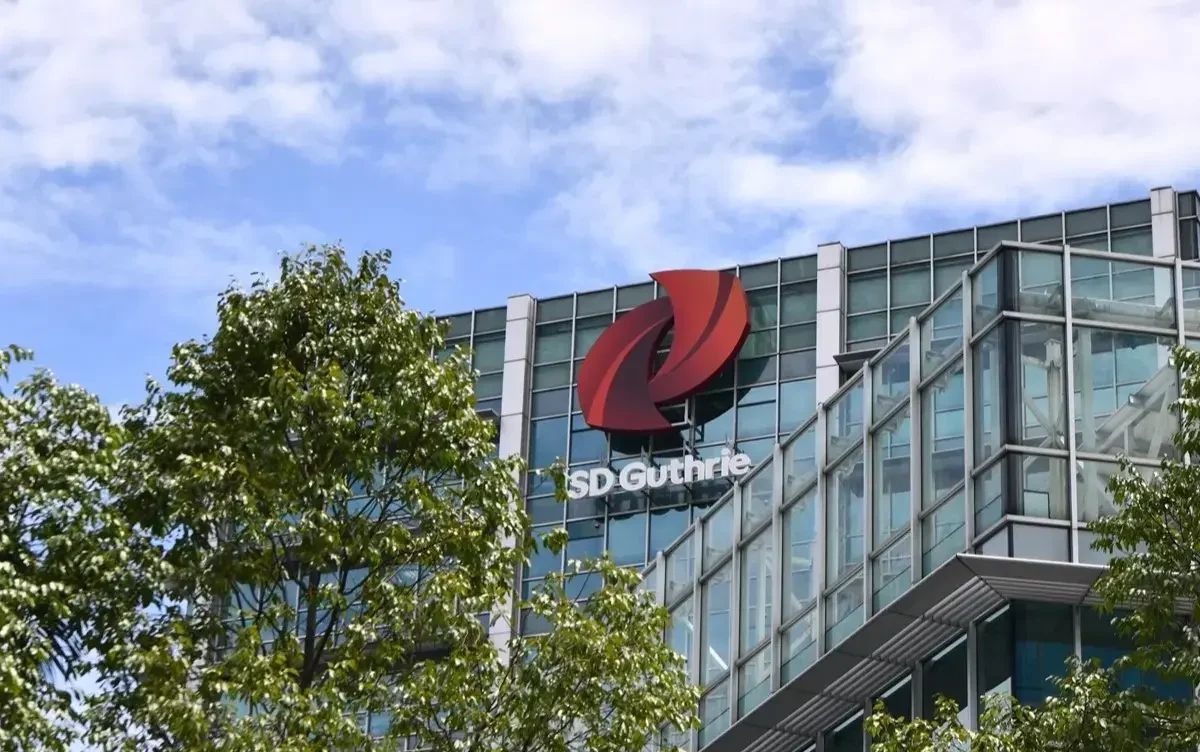As ransomware attacks continue to grow in complexity, businesses across the Asia-Pacific (APAC) region are increasingly vulnerable. The rapid pace of digital transformation, coupled with the interconnectedness of industries, has opened new doors for cybercriminals to exploit. Daniel Chu, Vice President of Systems Engineering, APJ at ExtraHop, warns that ransomware remains a major threat to businesses, targeting their most critical assets and putting reputations and bottom lines at risk.
Ransomware Payments in Singapore: A Major Business Concern

Singaporean businesses are particularly susceptible to ransomware attacks, with companies in the country paying higher-than-average ransoms compared to global figures. “In 2023, 27% of companies in Singapore paid an average ransom of S$4.49 million (US$3.3 million), significantly higher than the global average,” Chu reveals. The manufacturing and construction sectors are especially vulnerable, with businesses often willing to pay ransoms to avoid operational disruptions.
For businesses, the consequences of a ransomware attack extend beyond the ransom itself. Operational downtime, reputational damage, and the potential loss of sensitive data can have far-reaching impacts on profitability and market competitiveness. “As Singapore continues to position itself as a hub for finance and technology, businesses that hold valuable data and intellectual property are becoming prime targets for cybercriminals,” Chu explains. This heightened risk makes it essential for companies to invest in stronger cybersecurity measures.
Malaysia’s Rising Cloud Security Threats Impacting Business Operations
In Malaysia, ransomware incidents surged by 53% in the second quarter of 2024, with attacks increasingly targeting businesses using cloud-based systems. “40% of Malaysian respondents in PwC’s Global Digital Trust Insights expect a rise in attacks targeting cloud management interfaces and services,” says Chu. With more businesses adopting hybrid cloud models, the risk of cyberattacks on their systems has intensified.
This trend is especially concerning for Malaysian businesses, as successful ransomware attacks can cripple supply chains, delay projects, and lead to significant financial losses. “The interconnectedness of APAC business ecosystems means that an attack on one company can quickly ripple across multiple sectors, including healthcare, finance, and manufacturing,” Chu notes. As a result, companies need to prioritize cloud security and ensure their systems are resilient against potential threats.
The Financial Impact of Poor Cybersecurity Practices
The financial fallout from a ransomware attack is not limited to the ransom payment. For many businesses, the cost of restoring operations, repairing damage, and rebuilding customer trust can be crippling. “The true cost of a ransomware attack often goes far beyond the initial ransom demand,” warns Chu. This is why businesses in vulnerable sectors, such as manufacturing and construction, must reassess their cybersecurity protocols and strengthen their defenses to avoid falling victim to these attacks.
According to Chu, poor cyber hygiene remains a significant problem across APAC. “Over half of global cybersecurity incidents stem from poor practices like unmanaged devices and misconfigured systems,” he explains. Businesses that fail to address these basic vulnerabilities risk being repeatedly targeted by cybercriminals, which can lead to long-term financial instability.
Employee Education and Cybersecurity: Reducing Business Risk
One of the most effective ways businesses can protect themselves against ransomware is by focusing on employee education. Chu emphasizes that human error is one of the most common entry points for ransomware attacks. “Phishing and social engineering attacks often rely on employees unintentionally granting access to their company’s network,” he says. By implementing regular training programs on cybersecurity best practices, businesses can reduce their exposure to these kinds of attacks.
Additionally, adopting a zero-trust security approach, where access is continuously authenticated and restricted, can help businesses limit the damage caused by ransomware attacks. “A zero-trust model ensures that only authorized users have access to critical systems, making it harder for cybercriminals to penetrate a business’s defenses,” Chu adds.
The Shift in Ransomware Tactics: A Wake-Up Call for Businesses
Ransomware tactics have become increasingly sophisticated in recent years, with attackers using techniques like double extortion and Ransomware-as-a-Service (RaaS) to target businesses of all sizes. Chu notes that “cybercriminals are shifting toward exfiltration-only attacks, where data is stolen without encrypting files. This allows them to act faster and with greater stealth.” These evolving tactics put additional pressure on businesses to strengthen their cybersecurity strategies.
For businesses, this means that traditional security measures are no longer enough. “Organisations need to move beyond basic defenses and adopt a multi-layered cybersecurity strategy that includes real-time scanning, frequent data backups, and strict access controls,” says Chu. Failure to do so can leave businesses vulnerable to increasingly sophisticated attacks that not only threaten data but also their market reputation.
Public-Private Collaboration: Strengthening Business Defenses
Collaboration between the public and private sectors is becoming critical in the fight against ransomware. In Singapore, for instance, the Cyber Security Agency (CSA) has partnered with industry leaders to develop cybersecurity toolkits and provide training for businesses, particularly small and medium-sized enterprises (SMEs). “The SG Cyber Safe programme is helping businesses improve their cybersecurity posture by providing them with the resources and knowledge they need to defend against ransomware attacks,” explains Chu.
Malaysia is also taking steps to safeguard its businesses with the Cyber Security Bill 2024, which mandates strict cybersecurity standards for critical infrastructure entities. However, Chu warns that “poor cyber hygiene practices still represent a significant vulnerability for businesses.” Companies need to take proactive steps to secure their systems and reduce their exposure to ransomware attacks, especially as cybercriminals become more adept at exploiting weaknesses.
Preparing for the Future: AI and Machine Learning in Cybersecurity
Looking to the future, businesses will need to adopt advanced technologies like artificial intelligence (AI) and machine learning to stay ahead of evolving ransomware threats. “AI is helping businesses detect ransomware attacks faster and more accurately, reducing the workload on cybersecurity teams,” Chu notes. ExtraHop, for example, has introduced AI-driven tools to help businesses identify threats more efficiently and respond to attacks more quickly.
For businesses in APAC, building resilience against ransomware is no longer optional. “The future of cybersecurity will require businesses to adopt proactive, multi-layered defense strategies, including AI-powered detection tools and comprehensive employee training programs,” Chu emphasizes. As ransomware attacks grow in frequency and sophistication, companies that fail to adapt risk not only financial loss but long-term damage to their reputations and customer trust.






